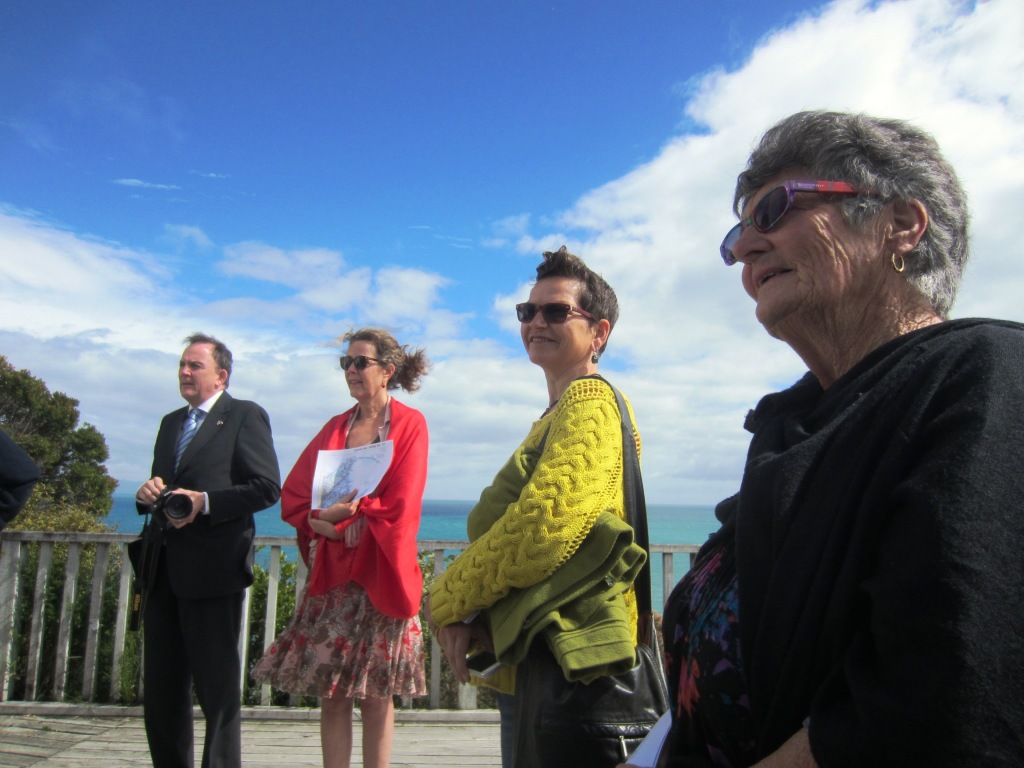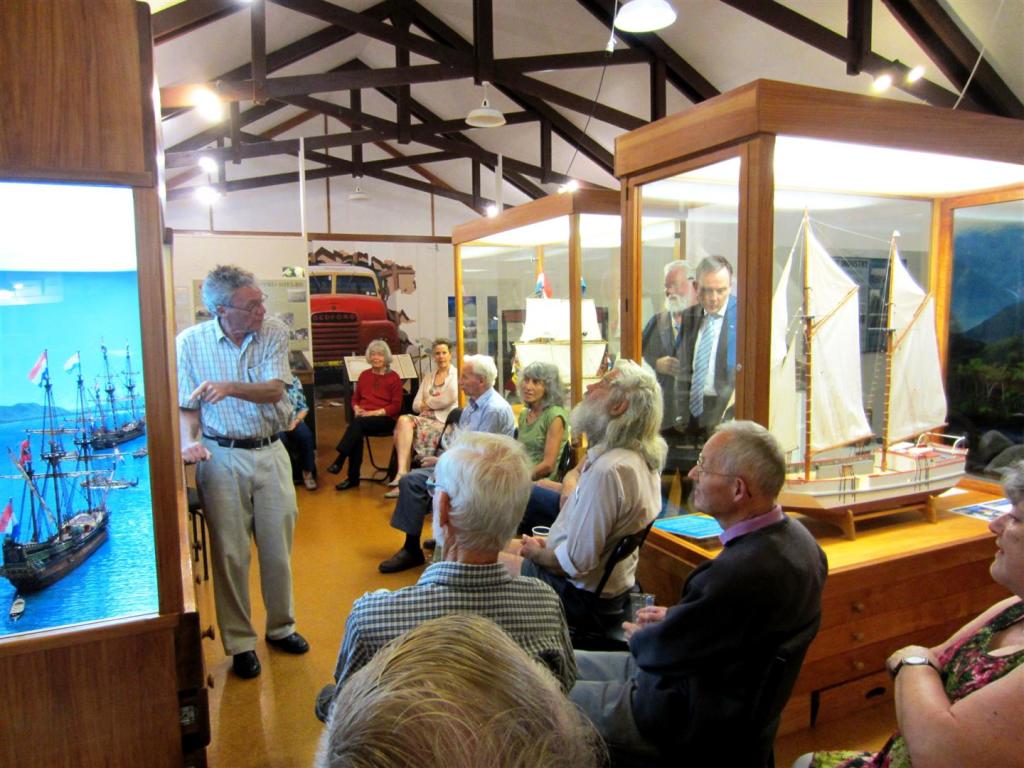In memory of Dave Horry: We note with sadness the passing of Dave Horry on 9 March 2024. Dave made a huge contribution to the events associated with the First Encounter 375 commemoration in 2017. Scroll down for more information. In particular, the documentary on YouTube captures well the emotion Dave’s words contributed to the bringing together of two peoples (manawhenua and Dutch) after 375 years.
Dave was also a key member of the local planning team, including the financial record-keeping. We relied on him in many ways. He also wrote the very useful and well-researched book Two Voyages, One Encounter. We send our deep sympathy and warm memories to his whanau. Rest in peace, Dave. Thank you for all you did for us.
Te Ra: The Maori Sail ~~ in Aotearoa until May 2024

Image credit: Christchurch Art Gallery:
A precious taonga usually held in the British Museum in London has come to Aotearoa for display in two institutions. It is the only known customary Maori sail in existence and is at least 200 years old. Its presence here is a very significant opportunity for all New Zealanders to connect with a unique marker of this country’s cultural heritage and Pacific navigation.
Te Ra is currently on display (until 23 October 2023) at the Christchurch Art Gallery Te Puna o Waiwhetu — more details here: https://christchurchartgallery.org.nz/exhibitions/te-ra
It will then go to Auckland Museum for display between 10 November 2023 and 26 May 2024.
~~~~~~
- Update on Rudiger Mack’s publication
We’re very pleased to let readers know that Rudi Mack’s book project is definitely going ahead, thanks to the successful crowdfunding campaign supported by Boosted. The public support is greatly appreciated by Rudi and the publisher.
The book title is: First contacts: The early Pacific and European accounts of Abel Tasman’s 1642 voyage, and you can read more about it in the attached precis. If you’d like to know more about the project, please contact Rudi direct at rudi.mack@outlook.co.nz or by snail mail at 26 Totara Street, Rona Bay, Eastbourne, Lower Hutt 5013, New Zealand; phone: 0064 273164066 / 0064 4 5627376
~~~~~~~~~~~
Introducing Michael Ross
We are pleased to announce that Michael Ross will be compiling future discovery newsletters. He may be familiar to readers through his article “The Mysterious Eastland Revealed” (2002) which is available on this website (under Articles & Research tab).
Michael has also provided this summary of his background:
The founding President of ANZMapS (Australian and New Zealand Map Society), when he effected the merger of the Australian Map Circle and the New Zealand Map Society.
Michael has been published internationally in refereed journals on Abel Tasman, and Dutch map making in that era, and has won a major prize for the Tasman work.
Since selling his European biosecurity businesses, he has retired back to Aotearoa, and is busy leading a team to track the voyaging of Polynesian and European explorers in the Pacific, including making documentaries.
Michael is of Atiawa Rangatira and Ngati Raukawa descent. See his website https://www.linkedin.com/in/edgeoftheocean/
READ the February 2023 (Final) Discovery Miscellany –> CLICK HERE!
A summary of the contents is:
Farewells
- Kaumatua John Ward-Holmes: a tribute
- Netherlands Ambassadors: Farewell / Welcome
New Exhibitions
- Te Papa Museum of New Zealand: Manu Rere Moana and He Kaupapa Waka
- National Library of New Zealand: The Long Waves of Our Ocean
Research & Publications
- Magdalena Bunbury et al, “A New Chronology for the Maori Settlement of Aotearoa (NZ) …” new carbon-dating research and findings.
- Ngati Tumatakokiri Maruia Claim: Updated source material.
- Map Matters 44 (Winter/Spring 2022)
New Books
- Kingsley Smith: Navigation–Kupe & Cook
- John Dunmore: The fateful voyage of the St Jean Baptiste. New edition.
Other News
- Waitangi Day, 6 February 2023–-and the Leiden Paddlers
- Whetū Mārama documentary now online
- Ship Batavia e-book launched:
- 1850s Dutch Painting of First Encounter 1642 (Aotearoa) for sale:
- Tairawhiti calls into 20th-century Mana Marina
~~~~~~
READ the May 2022 Discovery Miscellany –> CLICK HERE!
A summary of the contents is:
Pacific voyaging knowledge shared—and war canoes
Antarctic explorers’ ship survives: Shackleton’s Endurance
Research & Publications
- The Globe 90 (2021) and 91 (2022)
- Map Matters 43 (Autumn 2022)
- Australian & New Zealand Map Society: Newsletter 127
- Anton Howes: The Age of Invention—Longitude
New Books
- Felipe Fernandez-Armesto: Straits: beyond the myth of Magellan
- Kenneth Morgan: Navigating by the Southern Cross
Other information
- 250th anniversary of Marion du Fresne voyage: a new chart
- Bonaparte Tasman Map (1644): new digital version
- AIMA conference (21-23 Sept 2022)
- Christmas I: The First NZ Christmas
~~~~~~
READ our full January 2022 Discovery Miscellany –> CLICK HERE!
A summary of the contents is:
Mihi—Greeting: from the Abel Tasman Museum in Lutjegast
Important Role for Richard Kempthorne: the Aotearoa/Netherlands connection is strengthened
Research & Publications:
Map Matters 41(Winter/Spring 2021)and 42 (Summer 2021/22): two newsletters
Dutch Archives Project—VOC ships’ journals: New online resource based in Australia
New Book: Madi Williams: Polynesia 900-1600. A concise introduction to the history of Southern Polynesia in the Middle Ages (to use a western time concept)
~~~~~~~~~~
News and links from 2021 and earlier:
WITH SADNESS we note that kaumatua (elder) Dr John Mitchell (Te Ātiawa/Ngati Tama ki Mohua (Golden Bay)) passed away on Thursday 23 September.
John had many talents but will be remembered and recognised far into the future for his and his wife Hilary’s wonderful contribution to documenting the history of Te Tau Ihu (Top of the South Island) through several well-researched published volumes — and also through the work they shared in communicating this history with audiences. John and Hilary’s most recent contribution to knowledge–He ringatoi o ngā tūpuna: Isaac Coates and his Māori portraits— was published last month.
John was a contributor (with Hilary) to the 2012 Dutch ambassador’s seminar held in Nelson on the topic of the first encounter of December 1642, and together they were an important part of the organising committee. He will be greatly missed as a warm and engaging speaker and an interesting account of his life can be found here: https://tinyurl.com/43y2rppk
++++++++
VERY recently received: Copy of a peer-reviewed research publication “On the improbability of pre-European Polynesian voyages to Antarctica: a response to Priscilla Wehi and colleagues” (Journal of the Royal Society of New Zealand, 12 September 2021).
A reply to some research partly based on oral tradition, and reported in the New Zealand Herald on 9 June 2021: Read it HERE
Then … READ the response HERE
~~~~~~~~~~~
Discovery Miscellany — NEW ISSUE>>>>>CLICK HERE
Contents of the September 2021 Miscellany:
- Lydia Wevers–a tribute
- Research & Publications: Polynesian migration routes / Tasman’s anchor, lost off Tasmania in December 1642 / James Cook followed in Abel Tasman’s wake
- New books: Jeff Evans: Reawakened: Traditional navigators of Te Moana-nui-a-Kiwa / Nicholas Thomas: Voyagers: The settlement of the Pacific
- Other information: AIMA scholarship 2021 / Australian and New Zealand Map Society: ANZMapS Newsletter 126 / Map Matters 40 (Australia on the Map group of Australasian Hydrographic Society / “Chasing the Sun,” International maritime trade routes in the C16th & C17th / “How to design a sailing ship for the 21st century?”
- On the side: The Aotearoa History Show / Abel Tasman Point (painting) / Waka heritage (cartoon)
For the previous issue (April 2021) of our Discovery Miscellany — CLICK HERE
~~~~~~~~~~
Here’s a contents list for the previous (September 2020) issue of the Abel Tasman-Discovery Miscellany:
- Abel Tasman exhibition in Enschede, The Netherlands (18 September to 4 October) — Please visit if you can!!!!!
- Pacific Virtual Museum
- Genetic study finds proof of early Polynesian/Native American contact
- Mayflower 400: The science of sailing across the ocean in 1620
- Recent Publications &c.
- The first pakehas around Wellington and Cook Strait 1803-1839
- Map History / History of Cartography website
- Future issues of the Miscellany
And you can read the complete issue–CLICK HERE
(please email tasman1642.nz@gmail.com if you’d like to be on the distribution list)
April 2020 Abel Tasman / Discovery Miscellany: Click HERE to read it
Henry Van Zanden, who lives in Sydney, has written several books relating to early European voyages in the context of Australian history, published under his Australia Discovered imprint–website: australiadiscovered.com.au
His new book is 1642 Abel Tasman. It covers Abel Tasman’s whole life and voyages of exploration, starting within the context of European history, Dutch exploration and commercial expansionism. The New Zealand content (p.87-128) includes analysis of whether Tasman’s crew actually landed in Wainui Bay; the origins of the Ruamahanga skull (a 17th-century female European skull); and the mystery of the Spanish helmet.
It’s an A4 paperback volume (235 pages) heavily illustrated with colour photographs, course reconstructions, and reproductions of historic charts and paintings, and a bibliography (p.232-233).
If you live in New Zealand contact Tinakori Books for a copy: tinakoribooks@xtra.co.nz (website: https://www.tinakoribooks.com/) All other sales: directly through australiadiscovered.com.au
~~~~~
A portrait in the Nan Kivell collection (National Library of Australia) is currently on loan for a few months to the Groninger Museum in Groningen, Holland. The work (see below) has 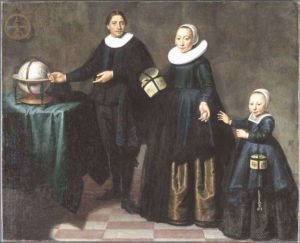 been attributed to Jacob Cuyp in 1637, with the subjects being Abel Tasman, his wife and daughter.
been attributed to Jacob Cuyp in 1637, with the subjects being Abel Tasman, his wife and daughter.
However, questions have been asked about the validity of these attributions, and the museum will try to establish if Cuyp did indeed paint it. It is on display at the museum until 6 January 2019.
~~~~~
Abel Tasman Miscellany, July 2018
A big catch-up on news… from the ambassador to new books, and remembering Ron Aaron. Click HERE to read it.
++++++
First Encounter 375: A documentary
Now available on YouTube: CLICK HERE!
Peter Blasdale’s 47-minute documentary is almost like being there. Over four days, 16-19 December 2017, the community of Golden Bay/Mohua marked New Zealand’s earliest recorded meeting between Maori and European, which took place in 1642, in the bay that 5000 people now call home. It’s a powerful story to tell and the documentary captures that feeling.
~~~~~
Editions of Two Voyages
A New Zealand edition of Dave Horry’s book has now come available. Published by Copy Press in Nelson it is in single-column format with larger illustrations. Price is NZ$44.99 + shipping; order through bookshops or from their website (www.copypress.co.nz)
A fresh perspective on the first meeting of two peoples … Dave Horry’s Two voyages: The first meeting of Maori and Europeans, and the journeys that led to it. The text of this significant new work was prepared for, and reflects, the First Encounter 375 commemoration in December — here’s the link to Amazon: tinyurl.com/ya9kqm3t
Looking back at First Encounter 375 (16-19 December 2017)
The First Encounter 375 Planning Group is very grateful for the quality and extent of mainstream media coverage of the event at the time. Below are three major contributions; for a complete list (PDF) >>> CLICK HERE
- Radio New Zealand (Tracy Neal; audio): tinyurl.com/ycxcdful
- TVNZ (Kaitlin Ruddock; Facebook version): tinyurl.com/ybngy2vj
- Nelson Mail (Gerard Hindmarsh; print): tinyurl.com/yb5n2b9a
(For the FULL First Encounter 375 programme (PDF) >>> CLICK HERE )
The First Encounter 375 programme planning group at the official opening on Saturday 16 December 2017; left to right: Sage Forest, Robert Jenkin, Grant Knowles, Mairangi Reiher, Dave Horry, Penny Griffith, Barney Thomas. Sage, Dave and Penny are wearing golden “mohua” sashes, and Robert’s praeutien replica (Dutch “small boat”) is in the background.
=====
Recent publications:
Emeritus Professor Atholl Anderson has sent us his very recent article on Maori colonisation voyaging (Journal of the Royal Society of New Zealand, 47:3, 222-231) CLICK HERE to read it.
Robert Jenkin’s new post about voyaging canoes, “Moana Nui …” CLICK HERE
~~~~~~~~~~
LAUNCHED!
The first week of November brought two important launches:
an illustrated children’s book Abel Tasman: Mapping the Southern Lands (by Maria Gill and Marco Ivancic).
Published by Scholastic~~ask your local bookshop, or online through Australian distributor Booktopia: tinyurl.com/ybyxtg95
… and the launch in Golden Bay/Mohua of the full size replica of the Dutch small boat. The original was a key factor in the events of 19 December 1642 and the replica will feature large in December 2017’s commemoration. It has been created by a local team of home-schooled students and parents, led by Tasman historian, Robert Jenkin, and supported by funding from Tasman District Council.
~~~~~~~~~~
Background Reading: In 2012, as part of the commemoration of the 370th anniversary, the Netherlands Embassy hosted an important seminar in Nelson, which brought together scholars from the Netherlands and around New Zealand. CLICK HERE for a summary of the presentations and discussion.
~~~~~~
First Encounter visitors coming from Tasman’s place:
Rob Zagmaan (Netherlands Ambassador to New Zealand) visited the Abel Tasman Museum in Lutjegast in July, and has sent this photo of the occasion. The museum was opened in 2014.
Rob is pictured here (centre, yellow tie) with a group including Grootegast Mayor Ard van der Tuuk (next to Rob) and Joost Tanasale 3rd from left). Mayor Ard and Joost are part of the 5-person delegation coming to Golden Bay/Mohua for the First Encounter 375 commemoration. We look forward to meeting them when they arrive on 16 December.
Lutjegast (Tasman’s birthplace) is within the municipality of Grootegast, which has a friendly town relationship with Tasman District Council, and Kingston, Tasmania.
~~~~~~~~~~
First Encounter 375: The voyage begins
Today (14 August 2017) is the 375th anniversary of the day the Heemskerck & Zeehaen sailed from Batavia (now Jakarta) to begin their search for the Great South Land and its untold riches. As we know, his main discoveries were what became known as Tasmania, New Zealand, Tonga and Fiji and their peoples.
Below is a preliminary notice of this year’s events marking the actual anniversary (18/19 December) of the first encounter between Tasman’s crew and Maori resident in Golden Bay/Mohua. We are also marking the 75th anniversary of the establishment of Abel Tasman National Park in 1942 (300th anniversary). [Notice subsequently removed]
More information on these events will follow as funding and other details are confirmed. Please contact us on firstencounter375@gmail.com if you would like to go on the mailing list for information about the commemoration.
~~~~~~~~~~~~~~~
News from Tasmania:
The 375th anniversary commemoration will be marked in Tasmania on Sunday 3 December with a trip to Tasman Bay and a community lunch at the Bangor Wine and Oyster Shed. For more information contact Tom Dunbabin (tom@bangor.com.au).
The site where Tasman’s ship’s carpenter Pieter Jacobsz swam ashore and planted the VOC flag on that day in December 1642 (and claiming possession) is now on private farmland, but regular trips are held to the site of a 1923 memorial (pictured). The strong Dutch community and a Dutch Consul in Hobart ensure history is remembered, and this year the Tasmanian government is also involved.
We will be keeping in touch with Tom about their events–and they with us about ours. It’s a shared story of discovery.
++++++++
EXHIBITION:
“Te Owha” (Precious Bequest) Bush, Birds, Beaches–Abel Tasman National Park
@Artbank, 57 Commercial Street, Takaka, during July 2017.
Acknowledging First Encounter 375 (1642-2017)
+++++++++++++++++
Music history: Thinking about Abel Tasman’s contribution Dr Philip Norman is writing a history of New Zealand composers. He recently identified a few major features.
Dr Philip Norman is writing a history of New Zealand composers. He recently identified a few major features.
First there’s our distinctive birdsong … and then there are the musical sounds of early Maori in Golden Bay/Mohua. Tasman was the first to describe our indigenous music, in December 1642.
Dr Norman comments:
“Abel Tasman, in the diaries of that time, said they heard some chanting on shore and what sounded like trumpets. They assumed the Maoris were giving them a welcoming concert. So they started singing a few bawdy Dutch sailors songs and tooted their trumpet, but what the Dutch were hearing was the Maori haka and the trumpet sound was probably the war trumpet calling all the tribes around.
“The next morning, all was revealed that it wasn’t a concert, but a challenge. To me, that is a prime example of music not being a universal language.”
Image is of a putatara (conch trumpet) in the collection of Te Papa. The putatara is the centre feature of our FE375 logo.
~~~~~~~~~~~~~~~
Whakamaharatanga toru rau ma whitu tekau ma rima — Commemoration 375


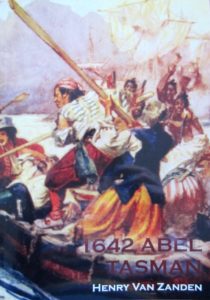

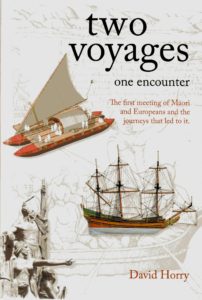

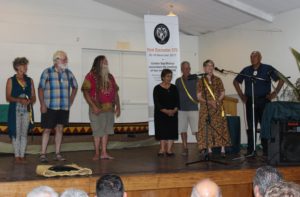
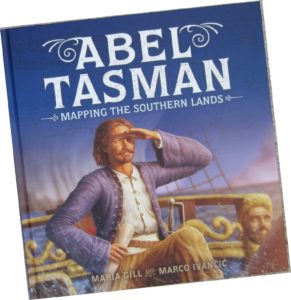






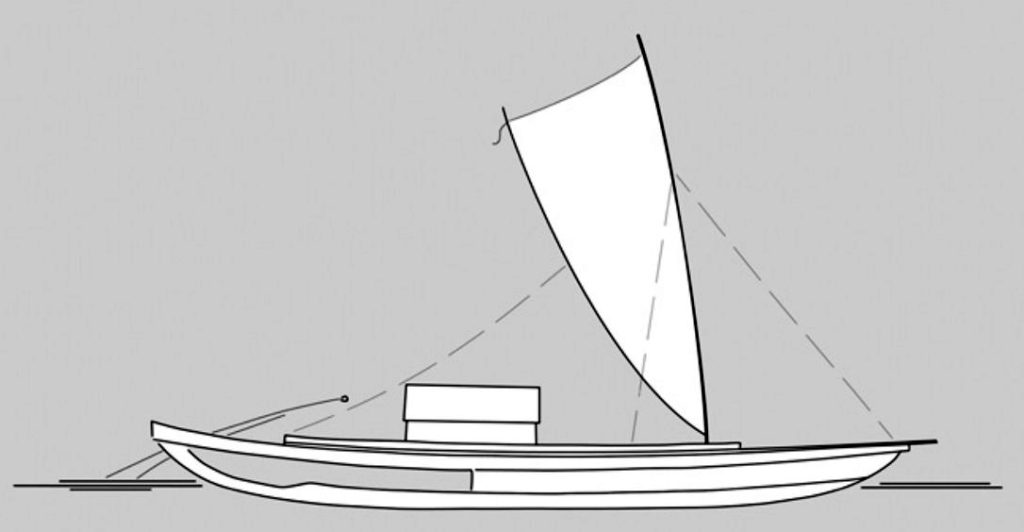




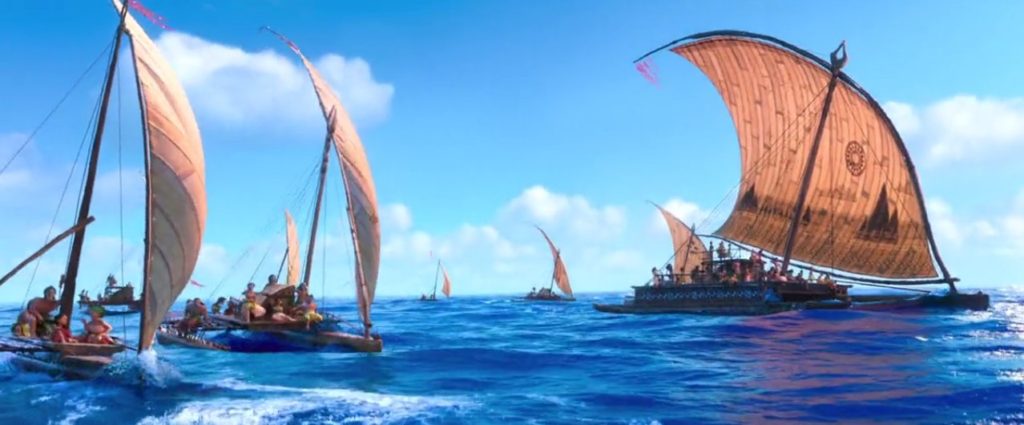
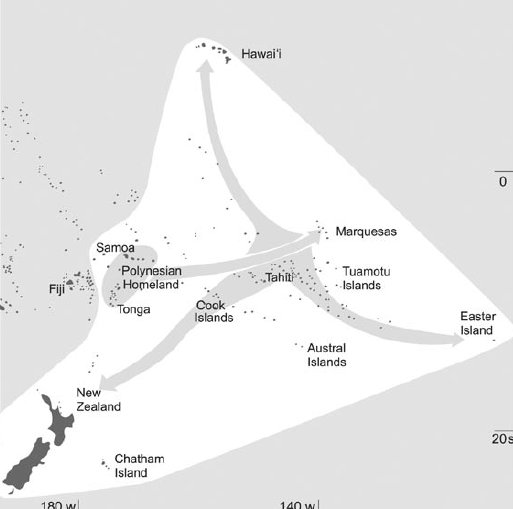




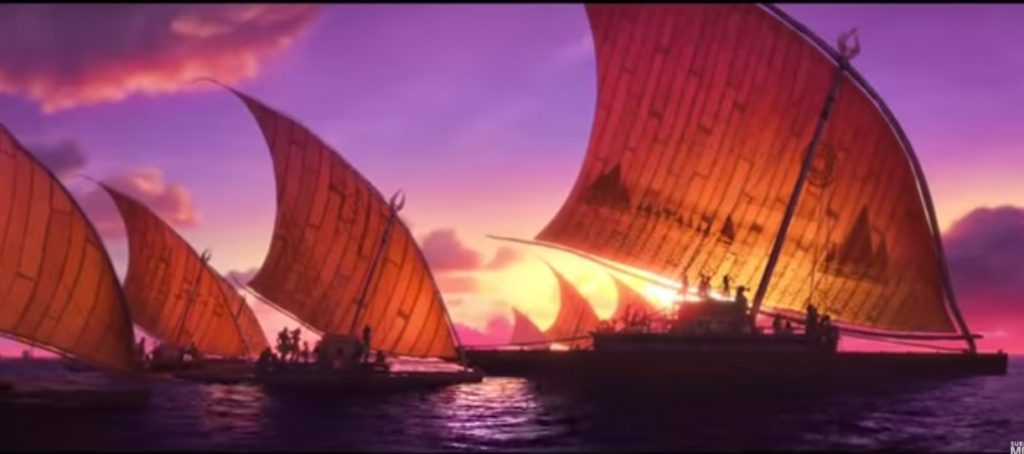

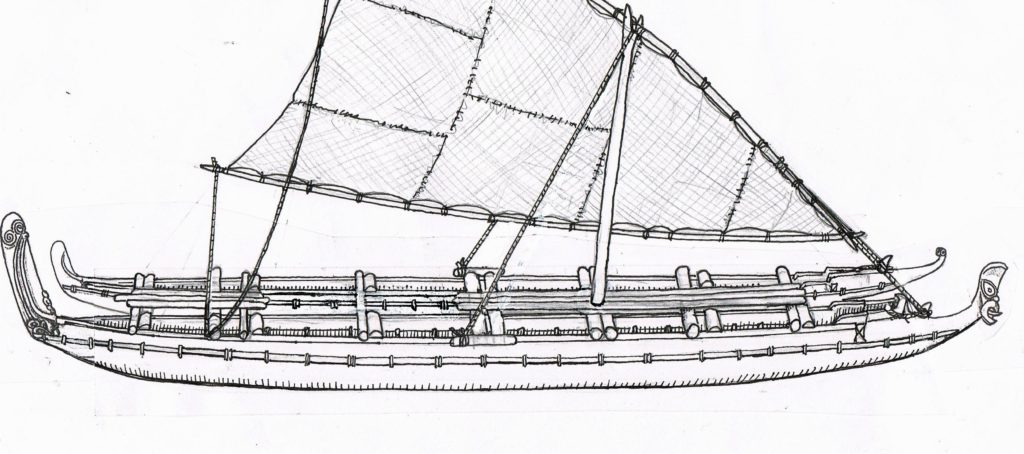
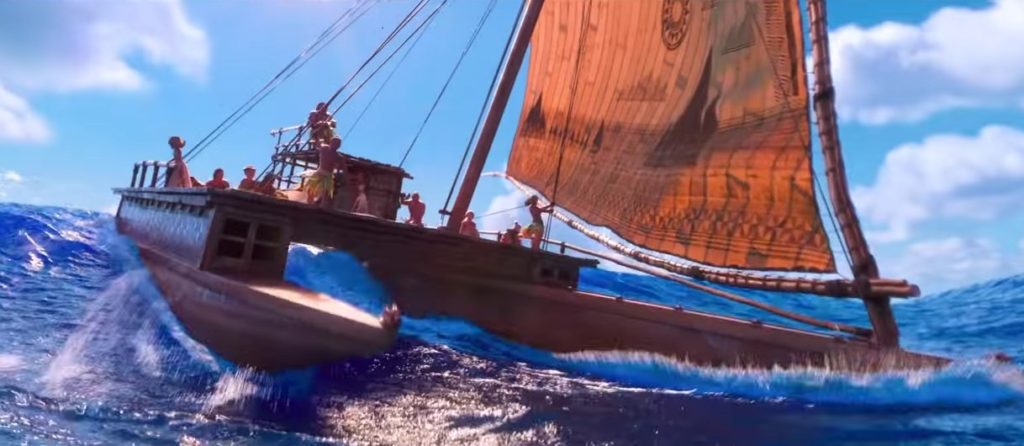
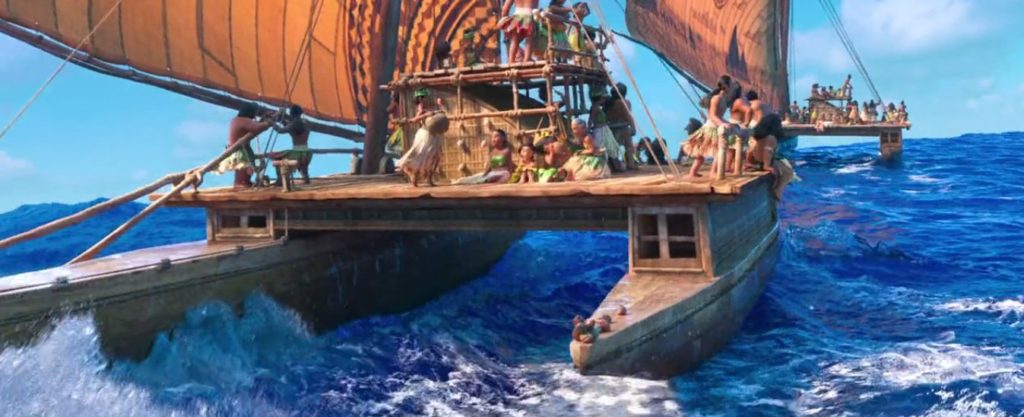
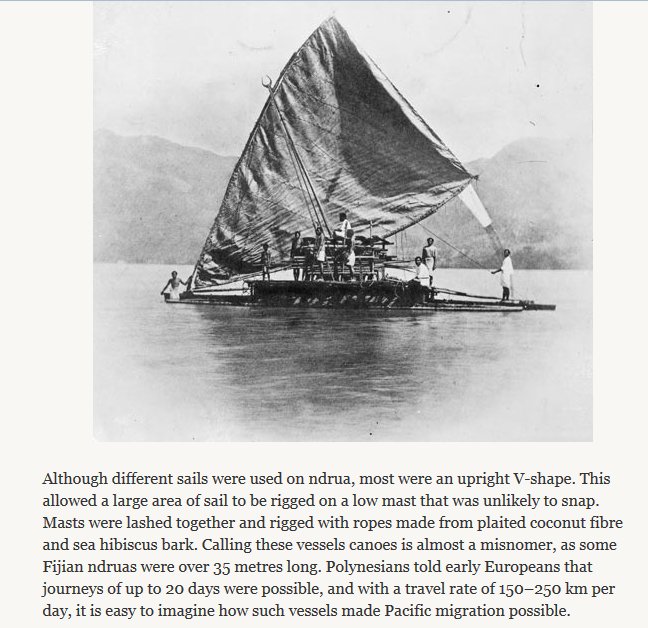



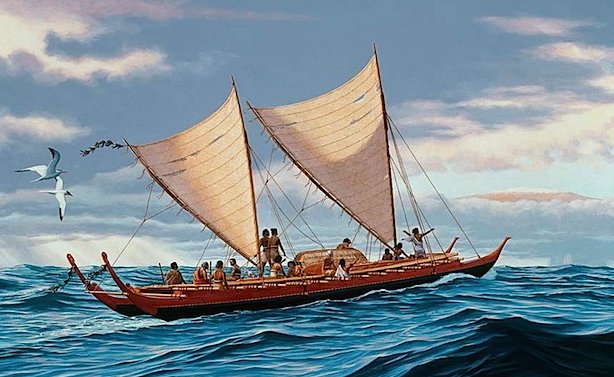
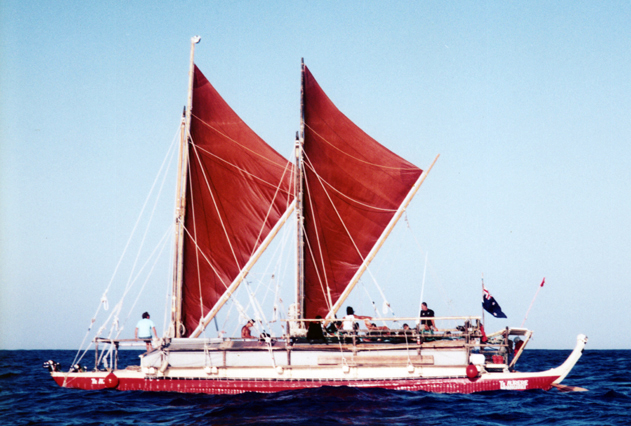

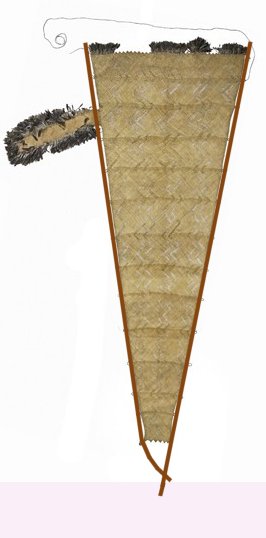




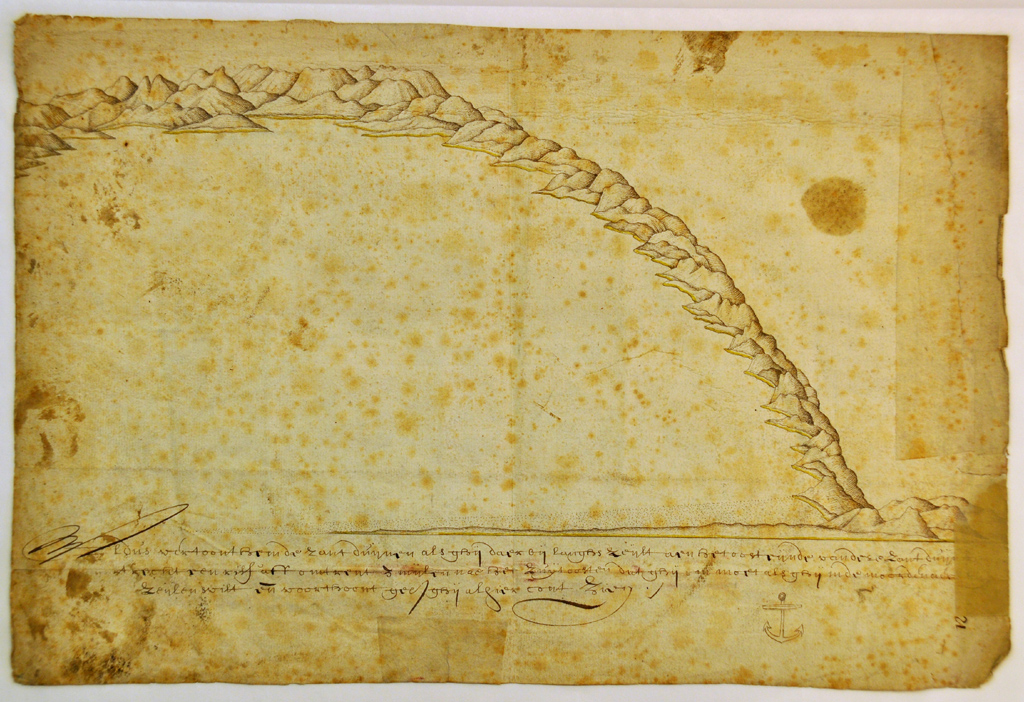
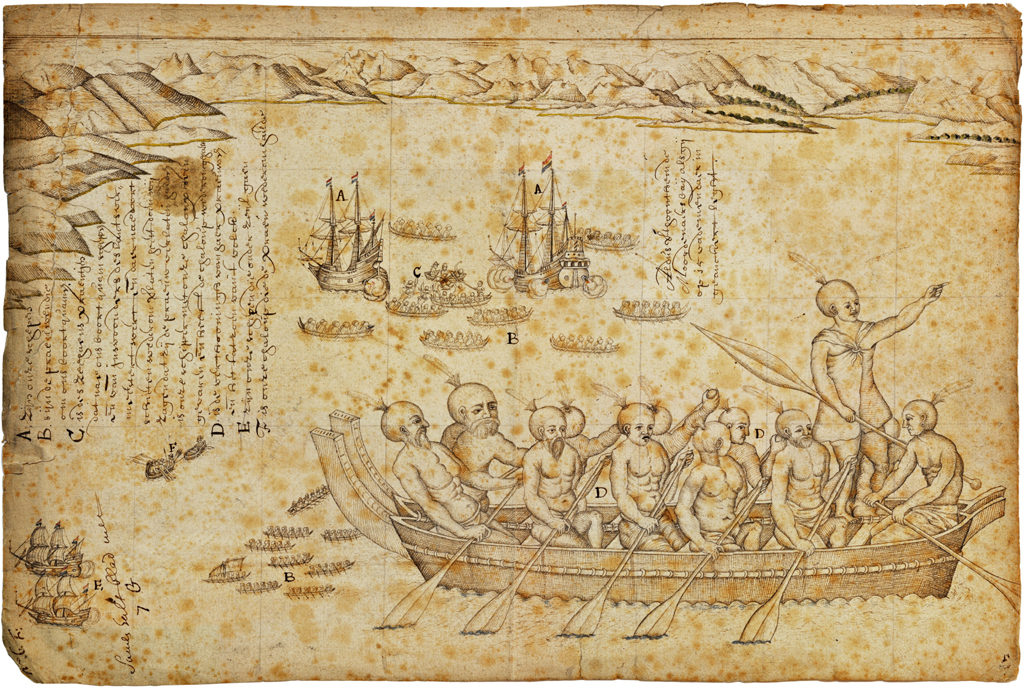





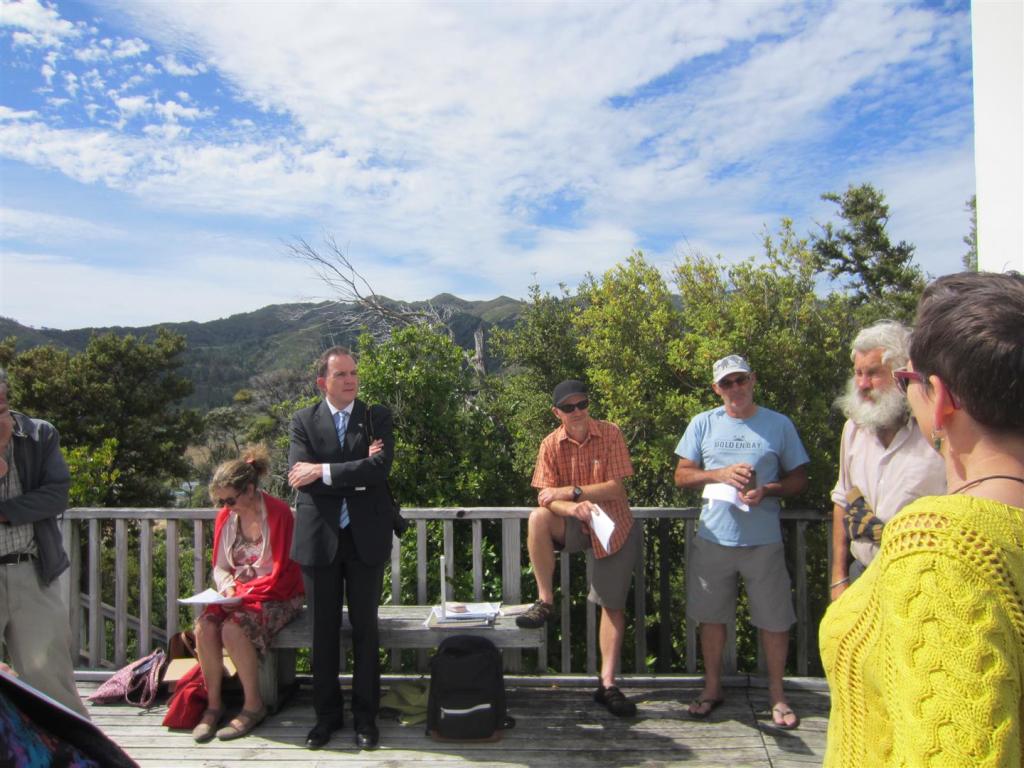 onument
onument
